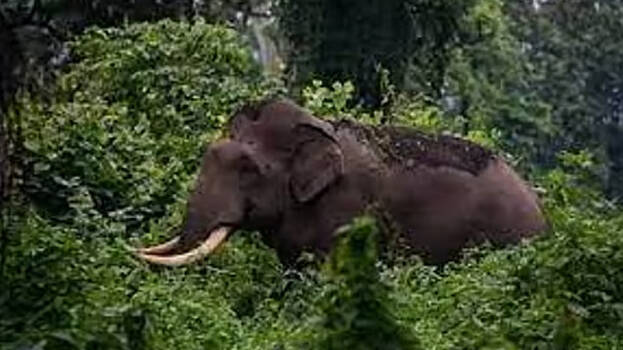

THIRUVANANTHAPURAM: The Forest Department has formulated ten emergency action plans to address the escalating human-wildlife conflicts in Kerala. The decision was made in a meeting led by Additional Chief Secretary K.R. Jyothilal and Chief Forest Officer Dr. Gangasingh.
abandoned weedy areas
A real-time monitoring system will be implemented to track the presence of wild animals in human settlements. Additionally, shrubs and bushes on roadsides within forests will be cleared to expand vista clearance. The State Disaster Management Authority (SDMA) has sanctioned Rs 50 lakh to ease the human-wildlife conflict in Wayanad. The meeting also decided to expedite funding for equipping Rapid Response Teams with modern tools and technology.
10 action plans
1. Real-Time Monitoring: Surveillance of elephant corridors and wildlife movement paths to enhance protective measures. Nodal Officer: Assistant Forest Conservator Manu Sathyan.
2. Primary Response Team: Formation of volunteer response teams in conflict zones with the support of locals and NGOs. Nodal Officer: Forest Conservator Shilpa V. Kumar.
3. Tribal Knowledge: Collection of traditional techniques used by indigenous tribes to mitigate wildlife conflict. Nodal Officer: Deputy Forest Conservator Raju K. Francis.
4. Bonnet Macaques: Strategies to control the menace of native monkeys. Nodal Officer: Forest Veterinary Officer Dr. Arun Zachariah.
5. Wild Pigs: Panchayats will receive assistance, including professional shooters, to control wild boar populations. Nodal Officer: Forest Conservator Shyam Mohanlal.
6. Mission Knowledge: Scientific research collaboration with institutions like KFRI, TBGRI, Wildlife Institute of India, and SACON to study wildlife conflict.
7. Maintenance of existing solar fencing to prevent wildlife intrusion.
8. Food, Fodder, and Water initiatives
9. Snake rescue program to capture and safely relocate snakes from residential areas
10. Sensitization to Public: Awareness campaigns to educate people on human-wildlife coexistence strategies.